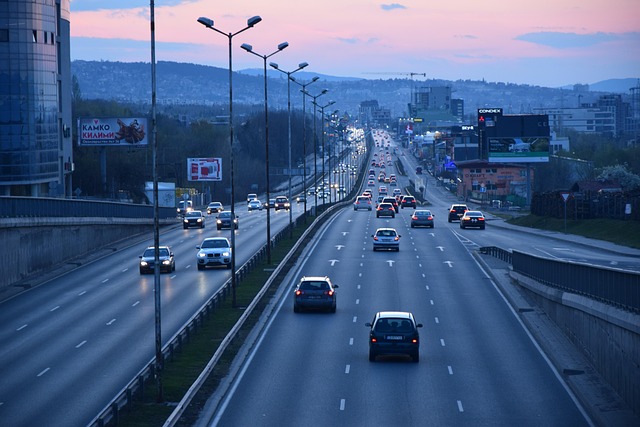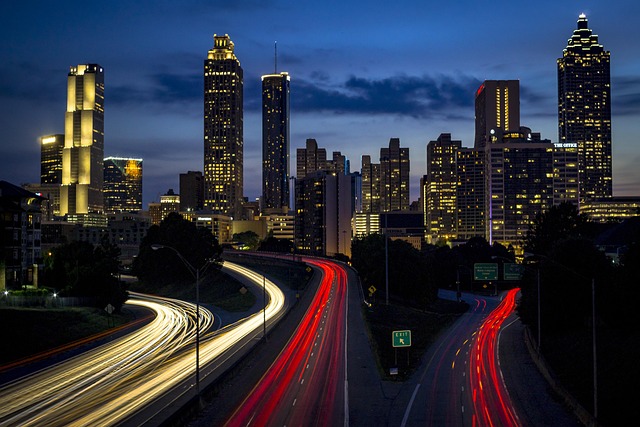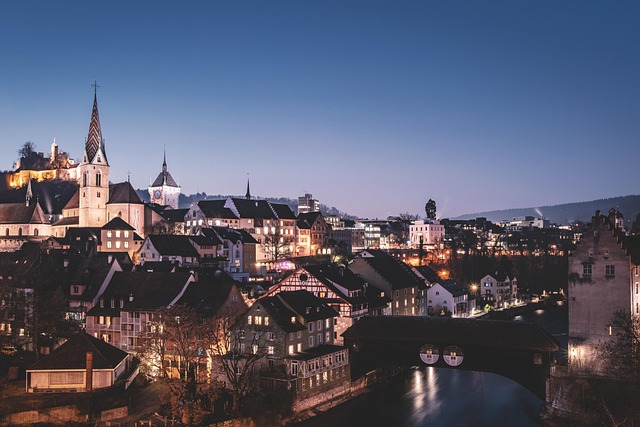
Karachi's motorway network, featuring key routes M9 and M10, is a vital economic asset, enhancing urban mobility and connectivity across the bustling metropolis. Interchanges play a crucial role in this system, streamlining traffic flow, boosting economic activities, and promoting sustainable urban planning. Despite challenges like peak-hour congestion and driver confusion, future smart infrastructure developments aim to revolutionize Karachi's transportation landscape, transforming interchanges into seamless gateways for millions of daily users.
Karachi, Pakistan’s economic heartbeat, boasts an intricate motorway network that includes interchanges, vital for facilitating efficient transportation. This article explores the multifaceted role of Karachi Motorway Interchanges, delving into their impact, benefits, and challenges. From understanding the city’s arterial road system to examining future developments, we unravel the story of how these interchange structures are transforming travel dynamics in Karachi.
- Understanding Karachi's Motorway Network
- The Impact and Benefits of Interchanges
- Challenges and Future Developments in Karachi Motorway Interchanges
Understanding Karachi's Motorway Network
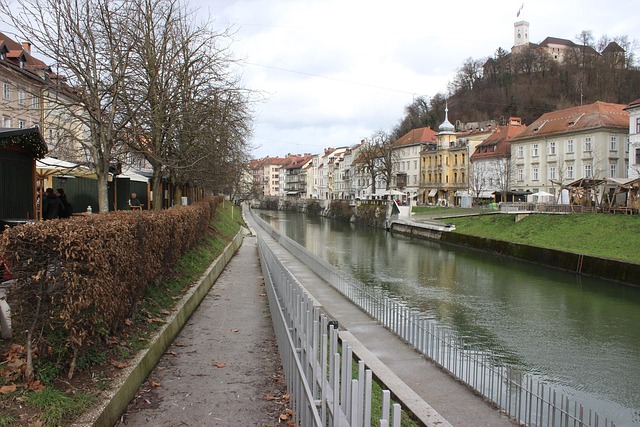
Karachi, as Pakistan’s economic powerhouse, boasts an intricate motorway network that is a cornerstone of its connectivity and growth. Understanding this web of interchanges is key to comprehending the city’s traffic flow and its role as a regional hub. The Karachi Motorway Network is a complex system designed to handle the immense pressure of a bustling metropolis, with numerous exits and entrances facilitating access to diverse neighborhoods, industrial areas, and major transportation corridors.
This network of motorways, including the M9, M10, and their interconnexions, allows for efficient movement within the city and beyond. The interchanges at strategic locations ensure seamless connections between different parts of Karachi, fostering economic activities and enabling easier travel for both residents and visitors. In the dynamic landscape of Karachi, these motorways play a pivotal role in shaping urban mobility and accessibility.
The Impact and Benefits of Interchanges

Interchanges play a pivotal role in shaping the urban mobility landscape of Karachi, Pakistan’s economic powerhouse. These complex structures facilitate seamless connections between major roads and expressways, offering numerous benefits to the bustling metropolis. By streamlining traffic flow, interchanges reduce congestion, enabling faster and more efficient commuting for the city’s diverse population. This is especially crucial given Karachi’s notorious traffic challenges.
The strategic placement of interchanges enhances road safety by providing dedicated entry and exit points, minimizing conflicts between vehicles on different routes. Moreover, they act as gateways to important commercial hubs, industrial areas, and residential neighborhoods, fostering economic growth and connectivity. The impact extends beyond convenience; interchanges contribute to the overall development of Karachi by enabling better access to essential services and promoting sustainable urban planning.
Challenges and Future Developments in Karachi Motorway Interchanges
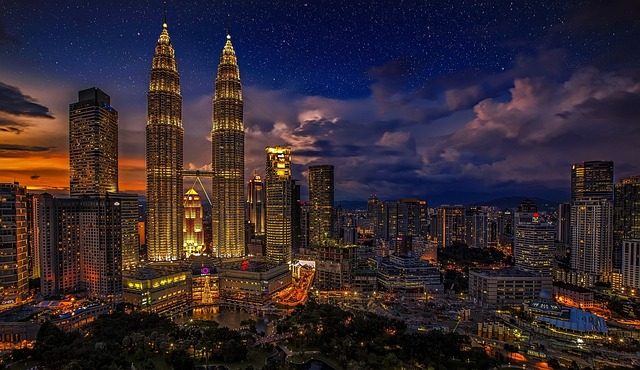
The Karachi Motorway Interchange network, while a significant achievement in improving connectivity within Pakistan’s largest city, faces several challenges that hinder optimal performance and safety. Congestion during peak hours, inadequate signage, and limited accessibility for emergency vehicles are pressing issues. The complex layout of these interchanges often leads to confusion among drivers, contributing to traffic jams and potential accidents.
Looking ahead, future developments in Karachi Motorway Interchanges aim to address these challenges through smart infrastructure solutions. These include implementing advanced traffic management systems, enhancing road signage with digital displays, and designing more user-friendly layouts that prioritize safety and efficiency. The ultimate goal is to transform these interchanges into seamless gateways, ensuring smooth travel experiences for the millions of people who rely on them daily, thereby transforming Karachi’s transportation landscape.
Karachi’s motorway interchanges play a pivotal role in shaping the city’s transportation landscape. By understanding their impact, benefits, and challenges, we can appreciate the critical infrastructure that facilitates Karachi’s growth and development. As the city continues to evolve, future developments in these interchanges will be crucial for enhancing connectivity and streamlining traffic flow, ultimately improving the quality of life for its residents.

